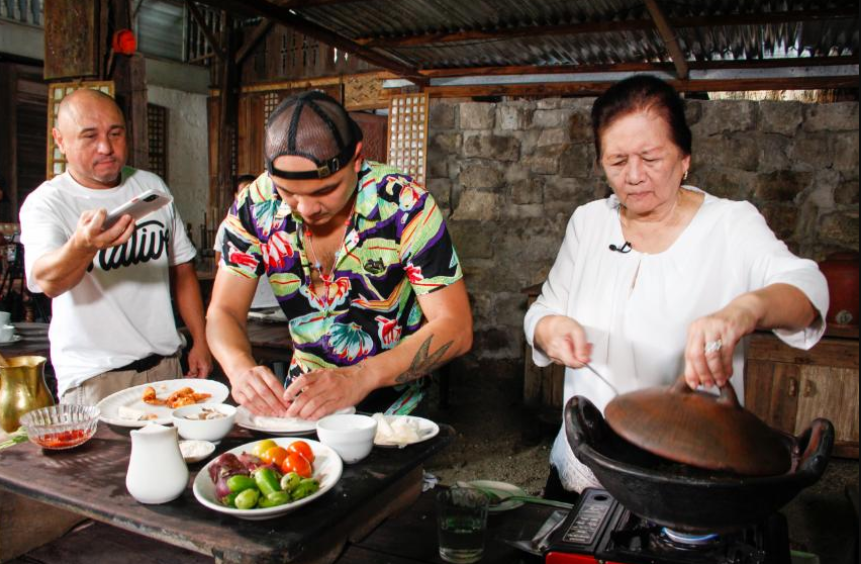Indonesia, the largest economy in Southeast Asia, is now putting food at the heart of its tourism strategy. For many years, visitors came mainly to see Bali’s beaches, ancient temples in Yogyakarta, or Komodo Island’s rare dragons. But now, the government and local communities want people to experience the country through its flavors, traditions, and food culture.
Food Tourism as a National Priority
The Ministry of Tourism in Indonesia has made culinary tourism a national priority. Deputy Minister Hariyanto explained that traditional dishes such as nasi goreng, gado-gado, and soto represent the pride and identity of the country. These meals show the creativity of different regions and the wisdom of using local ingredients. By focusing on food, Indonesia is opening new doors for travelers who are eager to explore culture through taste.

Unlike typical sightseeing, food experiences bring direct benefits to local communities. Farmers, street vendors, restaurant owners, and traditional cooks all gain when tourists eat and spend money. This makes culinary tourism a powerful tool for inclusive growth, helping not just big cities but also small villages across the islands.
Festivals and Events Showcase Rich Flavors
To bring Indonesian food closer to the world, the government and local groups are holding more festivals and food events. One famous example is the Jakarta Fashion and Food Festival, which attracts thousands of visitors each year. At this festival, people taste dozens of traditional recipes, meet chefs, and watch live cooking demonstrations.

Other cities also celebrate food in their own way. Bali, which already attracts millions of tourists, now promotes food tours and cooking lessons as part of holiday packages. Smaller towns host local food fairs where tourists can taste regional specialties. These events are not only enjoyable but also educational, because travelers learn about ingredients like spices, herbs, and rice that have been part of Indonesian culture for centuries.
Indonesia’s Signature Dishes Draw Global Attention
When people think of Indonesian food, certain dishes immediately stand out. Nasi goreng, a fragrant fried rice, is loved for its balance of sweet and savory flavors. Gado-gado, a mix of boiled vegetables with peanut sauce, represents healthy eating combined with bold taste. Soto, a traditional soup, comes in many regional versions from turmeric-rich broth in Java to coconut-based soup in Jakarta.
Another famous dish is rendang, a slow-cooked beef stew from Sumatra. Rendang has even been recognized internationally as one of the most delicious foods in the world. Dishes like these make Indonesia unforgettable for visitors. They are not just meals; they are living traditions that carry stories of families, villages, and celebrations.
Challenges for Culinary Tourism
Despite its progress, Indonesia still faces challenges in making culinary tourism a global success. In some regions, roads, hygiene standards, and services need improvement. While Thai and Vietnamese foods are already world-famous, Indonesian cuisine still has less recognition. To compete, Indonesia must continue promoting its dishes while ensuring that quality and authenticity remain strong.
The government also needs to train more chefs and food entrepreneurs so that the standards stay consistent, especially when thousands of restaurants open abroad.


 New Employment Strategy to Empower People with Disabilities
New Employment Strategy to Empower People with Disabilities  American billionaires pay lower tax rate than rest of population
American billionaires pay lower tax rate than rest of population  Rights group says 20 missing after deadly Indonesia protests
Rights group says 20 missing after deadly Indonesia protests  Indonesia and US begin joint annual military drills
Indonesia and US begin joint annual military drills  Apple Shifts Device Production to India and Vietnam
Apple Shifts Device Production to India and Vietnam  India Imposes 12% Tariff on Steel to China
India Imposes 12% Tariff on Steel to China